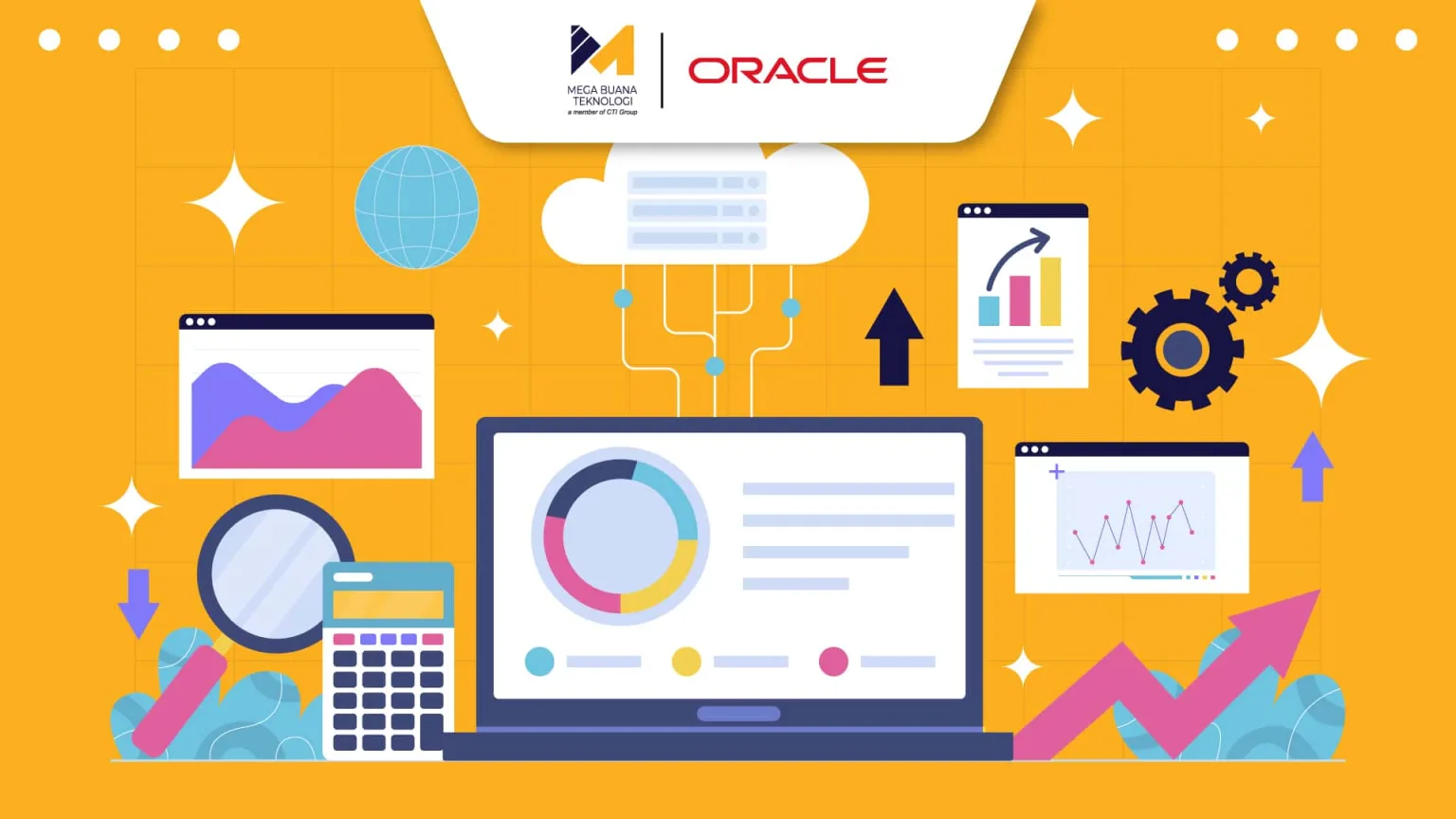Did you know that over 80% of content watched on Netflix comes from data-driven recommendations? Every click, search, and viewing habit is analyzed in real-time to deliver highly personalized content. It feels intuitive—but behind the scenes are billions of data points being crunched at lightning speed.
Netflix is just the tip of the iceberg. Today, businesses across industries—retail, finance, healthcare, and manufacturing—are racing to harness big data analytics to drive innovation, efficiency, and customer engagement.
What is Big Data Analytics?

Big data analytics is the process of examining vast, complex datasets to uncover patterns, trends, and insights that drive smarter decisions. With technologies like artificial intelligence, machine learning, and modern data infrastructure, companies can rapidly process both structured and unstructured data—from customer transactions to social media content—and turn it into real, actionable intelligence. The result? Businesses gain sharper visibility into behavior, market trends, and operational performance.
How Big Data Analytics Works
The process begins by collecting data from diverse sources—such as mobile apps, IoT devices, website interactions, or digital transactions. That data is then cleaned, structured, and prepared through pipelines and cloud-based storage systems like data lakes. Preprocessing ensures that only high-quality, usable data feeds into the analytics workflow.
Once the data is ready, analytics engines apply algorithms, statistical models, and machine learning to identify patterns and generate predictions. These insights are delivered through dashboards and reports—helping leaders act faster, with confidence backed by data, not guesswork.
The 3 Types of Big Data You Need to Know
Not all data is created equal. In the world of big data, understanding the form data takes is key to knowing how best to use it. From highly structured data to completely raw, unstructured formats, here’s what you need to know about the types of data powering today’s analytics.
Structured Data
Organized, table-based data stored in rows and columns—like spreadsheets or relational databases. It’s easy to query, analyze, and visualize using traditional tools like SQL.
Semi-Structured Data
Not quite orderly but still contains some structure. Think JSON files, XML, or emails with clear headers. They’re machine-readable but need special tools to process effectively.
Unstructured Data
The most complex format—ranging from social media posts and videos to audio files and images. Since there’s no inherent structure, it requires advanced analytics like machine learning or natural language processing to derive insights.
Why Big Data Analytics Matters for Business
It’s not just about managing massive amounts of information. The real value of big data lies in its ability to guide smarter, faster, and more strategic decisions. From boosting operational efficiency to driving personalized customer experiences, here’s how it creates real impact.
Smarter Decision-Making
Replace guesswork with evidence. Real-time data insights empower businesses to make faster, more accurate decisions based on current and historical trends.
Operational Efficiency
Uncover inefficiencies in workflows and processes. Big data can highlight where resources are wasted and how operations can be streamlined for better performance.
Personalized Customer Experiences
With deep insights into customer behavior, businesses can tailor offers, recommendations, and messaging—driving higher engagement and satisfaction.
Early Risk Detection
Predict potential issues like fraud, churn, or supply chain disruptions before they happen—so you can act before problems escalate.
Faster Innovation
Data-driven insights help you spot opportunities for product development or service improvements—faster and with more confidence.
Choosing the Right Data Center for Big Data
When data is pouring in from all directions, your data center needs to do more than just store it—it needs to move, process, and protect it in real time. The right infrastructure becomes the engine powering your analytics.
Key considerations? Scalability, speed, security, and seamless cloud integration. Whether on-prem, cloud, or hybrid, your data center should support fast access, low latency, and regulatory compliance—without compromise.
A Practical Guide to Implementing Big Data Analytics

Big data success doesn’t happen by accident. To unlock its full potential, you need a structured plan—from data ingestion to insight delivery. Here are the essential stages of a well-executed big data analytics pipeline.
1. Data Collection
Aggregate data from across your digital ecosystem—CRM, ERP, social platforms, and IoT devices. More sources mean richer insights.
2. Data Cleaning & Preparation
Raw data is messy. Clean it, deduplicate it, and transform it into consistent, usable formats for analytics.
3. Data Storage & Management
Store refined data in a warehouse or data lake that’s secure, scalable, and optimized for analysis.
4. Analysis & Modeling
Apply algorithms and ML models to find correlations, forecast outcomes, and surface anomalies or trends.
5. Visualization & Interpretation
Translate data into dashboards, charts, and reports that decision-makers can act on quickly.
6. Action & Monitoring
Use insights to shape business strategies, monitor performance, and refine actions based on real-time feedback.
Want a platform that can do all of this—end to end? From ingest to AI-powered insights? That’s where Oracle comes in.
Oracle: Your All-in-One Big Data Platform
Oracle delivers a fully integrated platform that handles the entire data lifecycle—from collection and storage to analytics and machine learning. With Oracle Machine Learning (OML), AutoML, and prebuilt algorithms, teams can go from raw data to predictive insights with ease. Features like automated backups, patching, and scaling reduce IT complexity and improve operational speed.
The result? Faster decision-making, personalized customer experiences, and innovation at scale—all built on trusted, enterprise-grade infrastructure.
Learn More About Product: Oracle
Why Top Enterprises Choose Oracle for Big Data
Global leaders across industries rely on Oracle for their most critical data initiatives. In retail and ecommerce, companies like Netflix and Procter & Gamble use Oracle to build predictive models that decode consumer behavior. In healthcare, Oracle empowers data-driven care by integrating data from wearables, EMRs, and insurance systems. And in finance and manufacturing, Oracle powers advanced analytics for fraud detection and performance monitoring.
Oracle’s flexible, cloud-native architecture offers everything you need for scalable, secure, end-to-end big data analytics. It’s not just a toolkit—it’s a strategic foundation for data-driven growth.
Database Implementor with MBT
As a member of the CTI Group, Mega Buana Teknologi (MBT) is here to help your business implement a modern, secure, and scalable big data analytics solution. Powered by Oracle’s advanced technologies, MBT delivers end-to-end services—from strategy and architecture to full deployment across on-premises, cloud, or hybrid environments. With a certified team and proven expertise across industries, MBT is your strategic partner in turning data into smart, actionable decisions.
Let’s talk! start your data transformation journey today with the right solution, the right team, and the right results.
Author: Danurdhara Suluh Prasasta
CTI Group Content Writer




